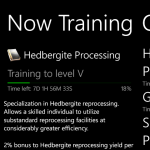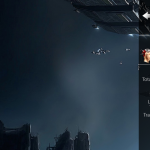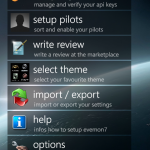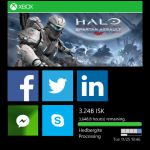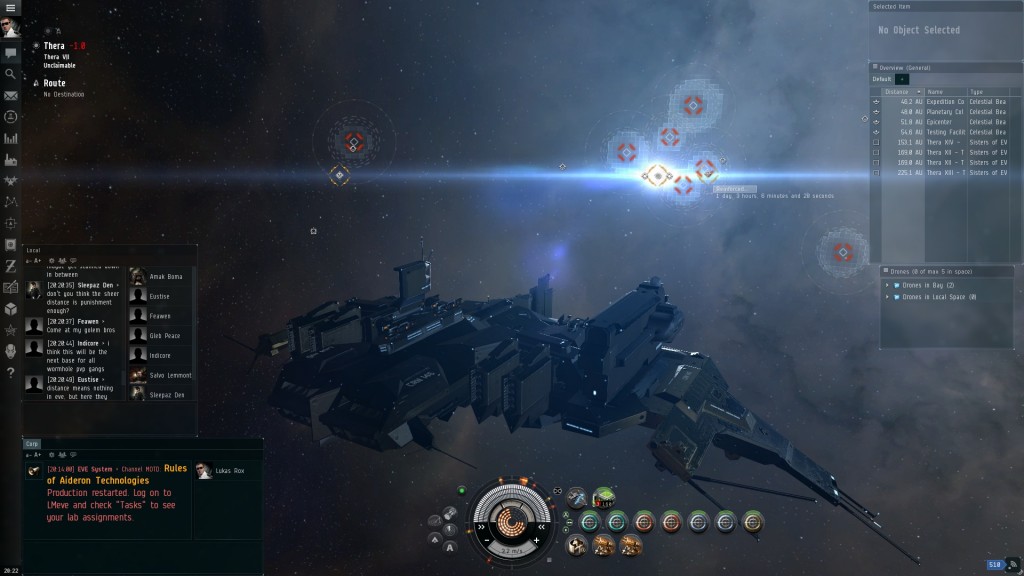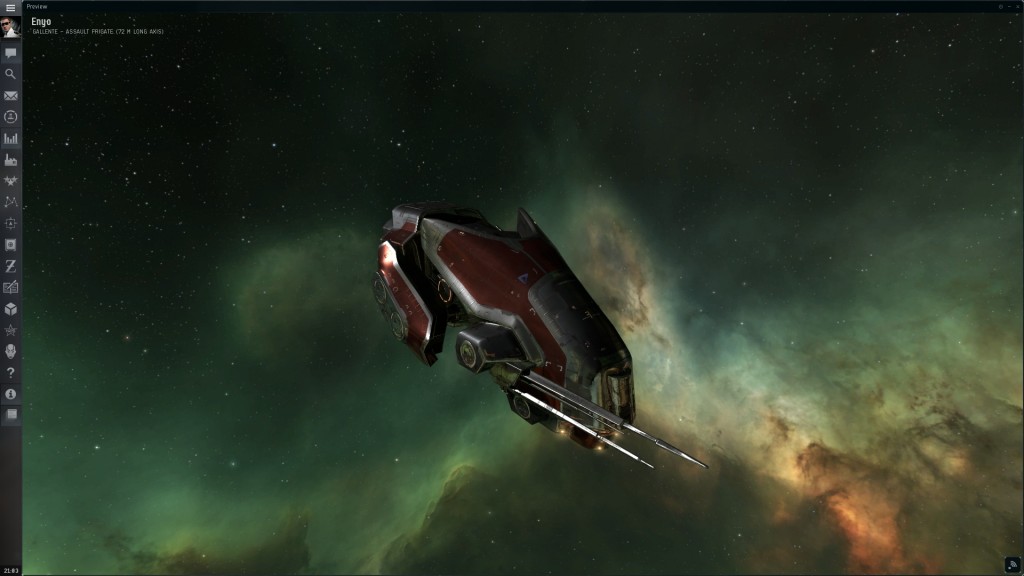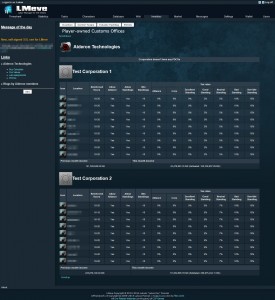It all started with a trailer
Last friday CCP published a new EVE Online trailer – one that was solely based on player comms. It’s great and if you haven’t seen it yet, I really recommend you do so now (please mind there are explicit words there)
If you are here because of that trailer, welcome! EVE Online is an amazing game with a huge world to explore, and multitude of things you can get involved with. The trailer is focused on player-versus-player combat, which is one of the most important features of EVE. But it’s just one side of the medal. Where there is destruction, there must also be creation, like Yin and Yang, intertwined in an endless cycle of life.
Got an account yet?
Did you start your account yet? If not, you can use this link to create a 21-day free trial account (it’s completely free of charge).
What should new players do in EVE once they start an account?
First off, familiarize yourself with the game and the interface. Do the initial tutorial. Once you’re done with the tutorial, I really recommend you run at least some of the advanced tutorials called “Career Agents”. These will show you some of the professions and game mechanics, once you’ve learned the basics. Remember: in EVE you are not bound or limited to any particular profession. If you like something, train the skills required and try it!
Skills in EVE are very much different from other games, because your character is training all the time, even when you are offline. There is also only five levels for each skill, which means that new players can quickly catch up with veteran players in a particular field. Yes, veteran players are experts at almost everything, but they don’t use all their skills on a daily basis.
For combat-oriented pilots, the best place to start is Brave Newbies. It is an alliance in EVE Online, where newbies are not only welcome, but they are the base of their fleets. In EVE numbers are somewhat important, and a group of newbies can easily kill experienced solo players. In BRAVE you will jump into action right off the bat on day one.
Make sure to have voice comms installed (the program they use is called Mumble – here’s a link to the setup guide)
For players interested in EVE in general (not just destruction) the best place to start is still the famous EVE University:
EVE University is a neutral, non-profit training corporation in EVE Online that exists to train new players in the basics of life in New Eden. Founded on March 15, 2004 by Morning Maniac, the University continues to uphold a strong reputation through previous wars, robust management, knowledgeable graduates and instructors, and quality students. The heart of the corporation resides in teamwork through wars, events, and cooperative help in the chat channel.
New Eden is a dark and harsh world
Most players are generally friendly towards newcomers, but there will be also black sheep who’d rather kill you, knowing that as a new player you will not know how to properly defend yourself. EVE is a game where PVP combat is non-consensual. Everyone can attack everyone else, anywhere. Of course there are places more secure than others, but in EVE you are never truly safe. High sec areas (systems with Security Status between 0.5 and 1.0) have NPC police known as CONCORD, which will always kill the agressor. But they might not be able to kill the offender before he manages to pick off your ship.
Therefore heed these simple rules:
- never fly something you can’t afford to replace
- avoid moving cargo worth more than the ship
- stay vigilant and have your eyes open
There is more to EVE, than just EVE
First off, there is EVE forums. If you want to talk to the devs, this is the first place to look for them. Secondly, there is the #tweetfleet hashtag on Twitter. CCP Games devs are usually quite active here as well. Also make sure to look up the EVE community page for news and information. One of the things you’ll find there is the upcoming changes in EVE, which will be delivered on December the 9th in Rhea release.
CCP Games also offers a special API access to their game servers, so players can write third party programs which integrate with the game. The APIs are read-only, so their main purpose is progress tracking, information sharing and coordination.
You can create and manage your API keys here, and then you can use the keys to run one of the mobile apps for EVE:
Further reading
There is many player written guides about EVE, one of them is this guide on the game wiki. There is many things you can do in EVE, and each activity has their own guide. One of the best player created guides to EVE is ISK the guide vol 3.















